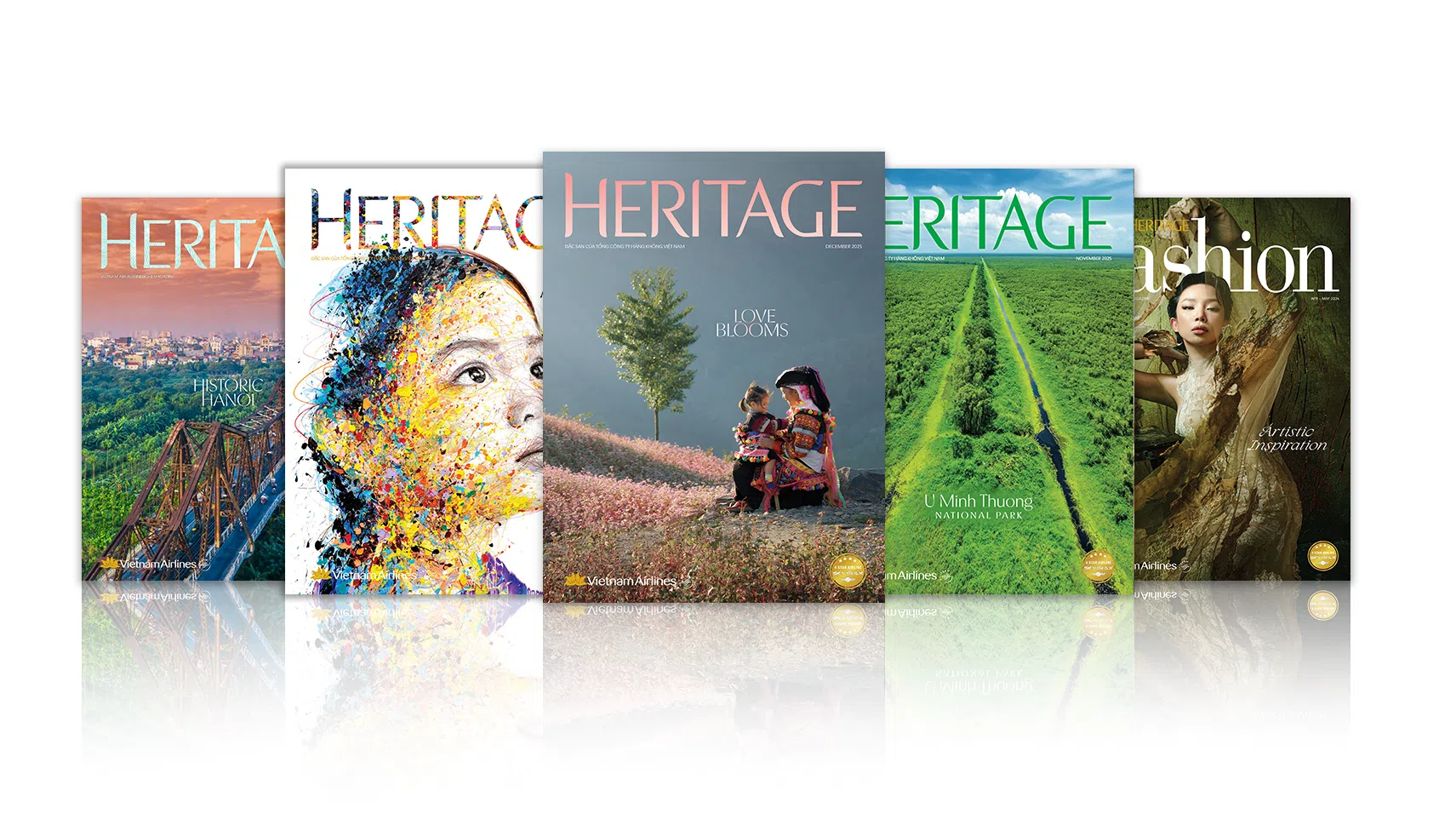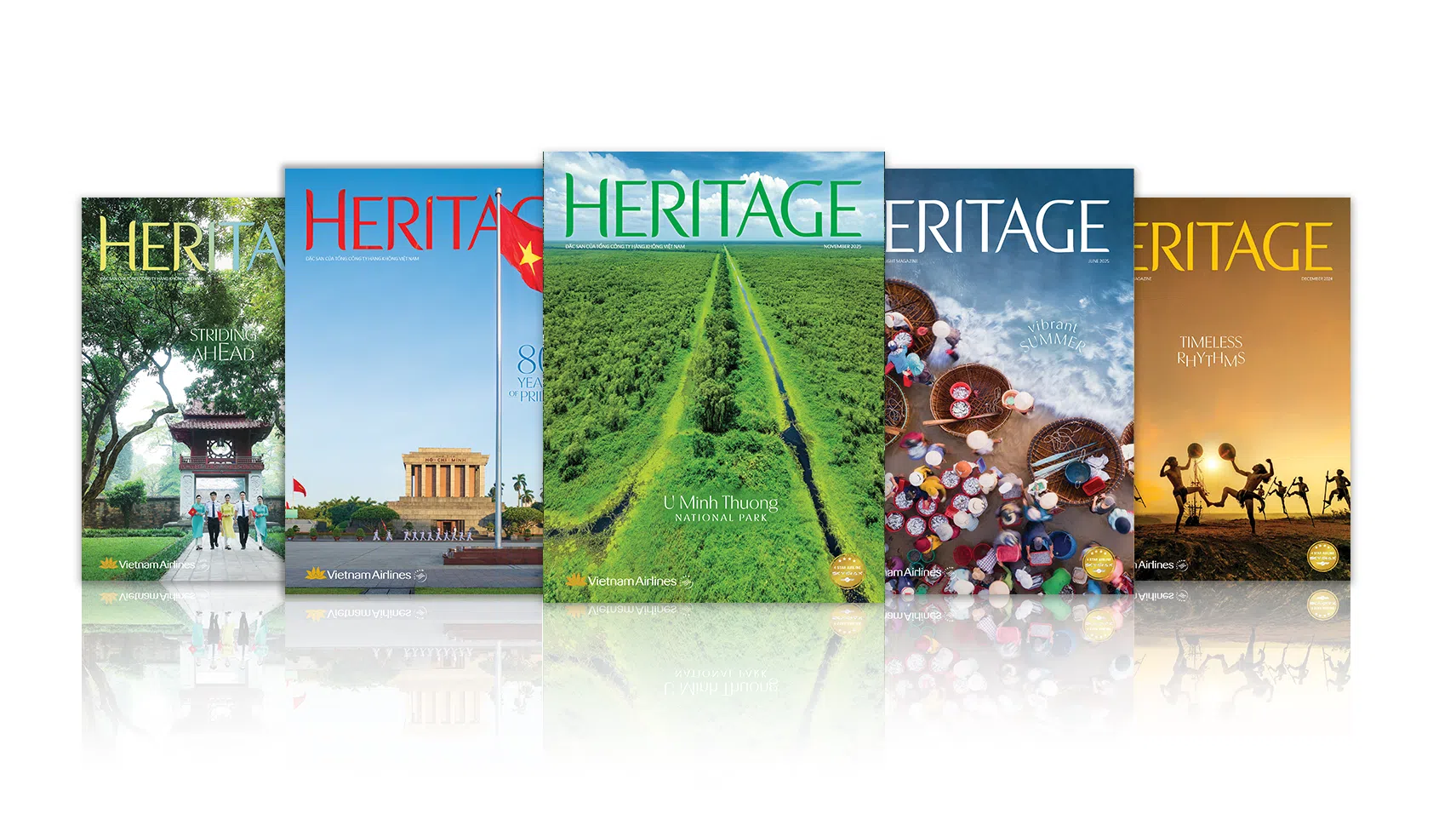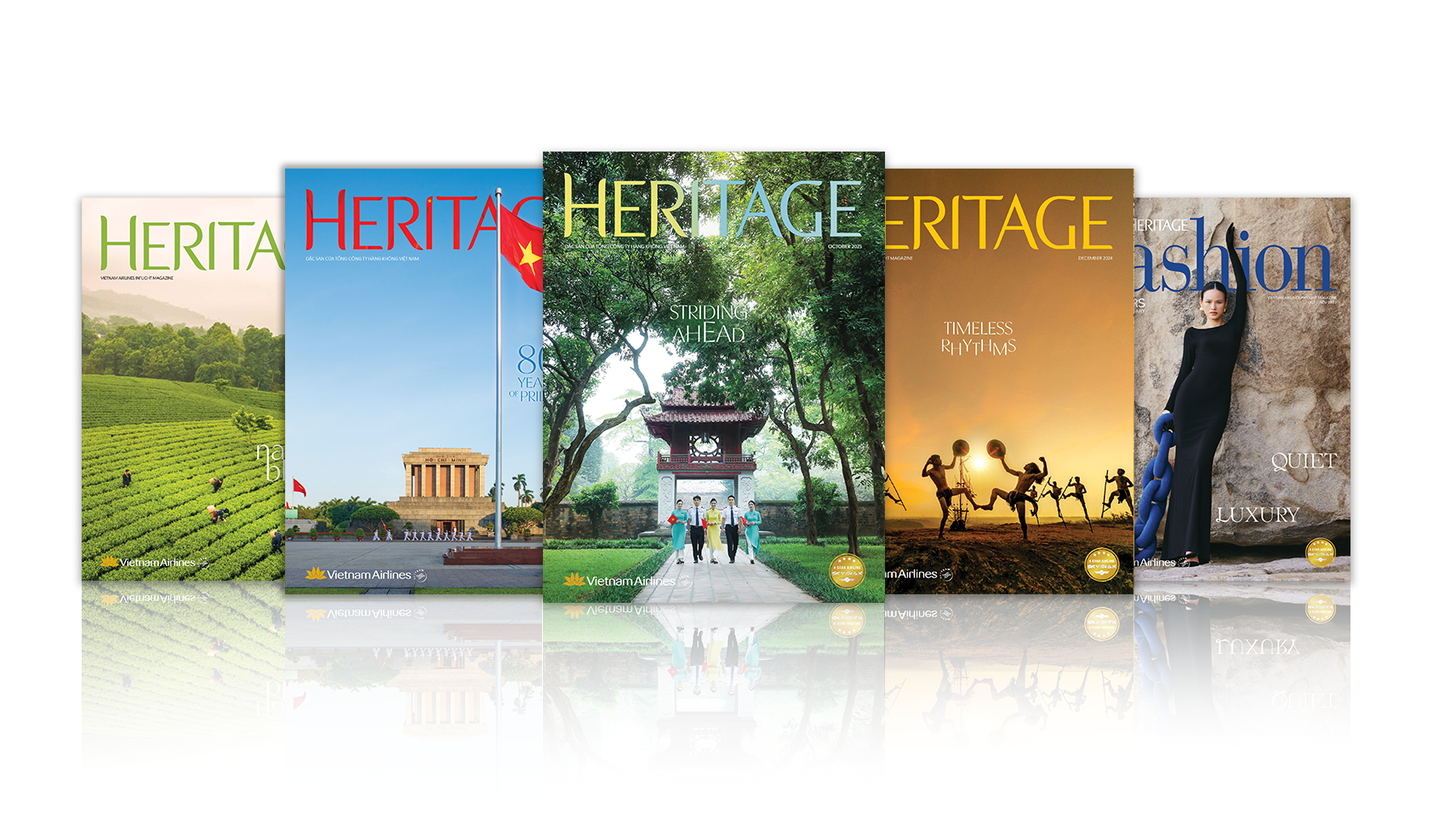Story: Huong Quynh
Photos: Phan Huy
According to cultural researchers, tug-of-war contests and their associated rituals are deeply connected to the agricultural practices of wet rice farming communities. Originating from rituals to pray for abundant harvests, these tug-of-war games have become an important social activity in Vietnamese communities across the Red River Delta, North Central Vietnam, and among ethnic groups like the Tay, Thai, Giay, and Ha Nhi in Vietnam’s northern mountains.
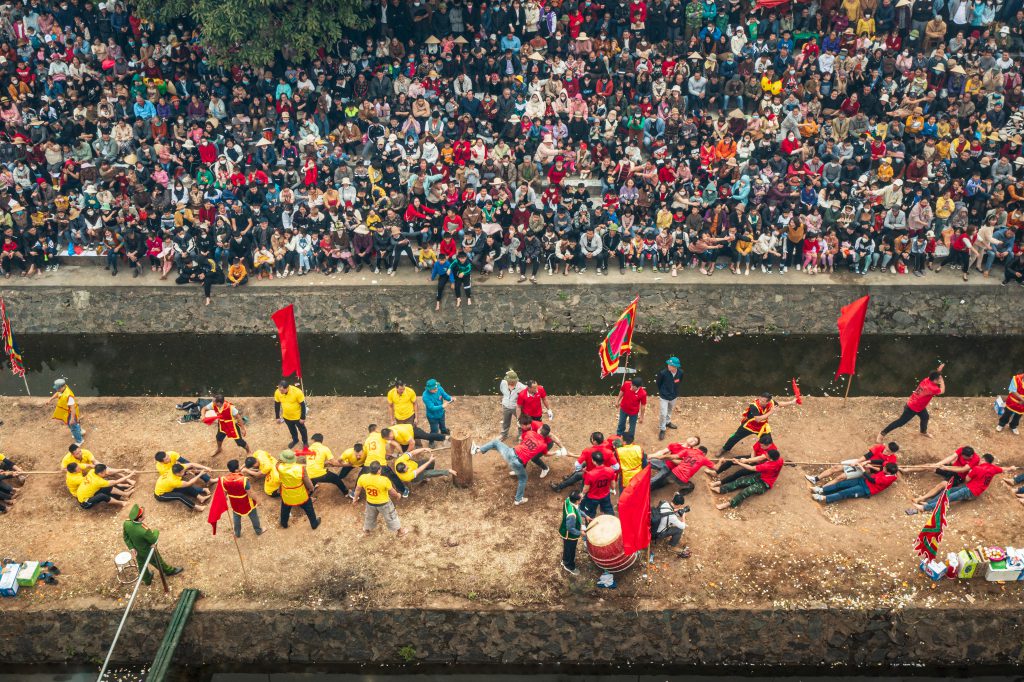
The rituals and forms of these games vary in different regions, as do the names, including “kéo song”, “kéo mây”, and “kéo mỏ”. These names stem from the materials used in the contest, which involve various types of bamboo or rattan that are heated and bent to form a hook at both ends, held by the two competing teams.
In Vinh Phuc, springtime tug-of-war festivals take place in many locations such as Huong Canh town (Binh Xuyen district) and Hoa Loan village (Lung Hoa commune, Vinh Tuong district), where the main tugging rope is a long strip of rattan so that it could be held by several dozen participants on each team.
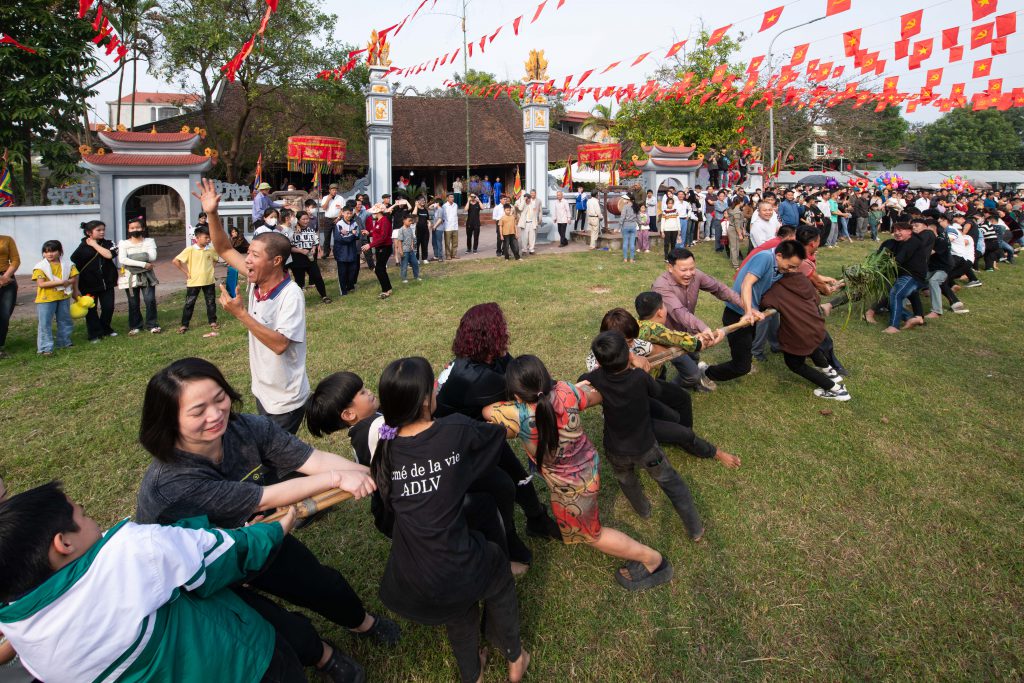
The game’s rules also vary significantly, with different team sizes and positions during the contest. Players stand as they pull in most places, but some games involve sitting positions, with one leg bent and the other stretched out, as seen in the Tran Vu Temple Festival (Thach Ban ward, Long Bien district – Hanoi).
Huu Chap village in Hoa Long commune – Bac Ninh city regularly organizes tug-of-war contests during the Tet holidays. Participants are young men divided into two factions: the Eastern team and the Western team. Typically, each side consists of 37 strong young men with good morals and no recent family bereavements. All athletes compete bare-chested, wearing loincloths and sashes, with silk headscarves. Participants firmly grip a bamboo pole, wait for the starting signal, and pull. Three rounds are held to determine the winner. According to local beliefs, the east represents the direction of sunrise while the west symbolizes sunset. For this reason, by the third round, villagers will lend their support to ensure that the eastern team wins. The community believes the Eastern team’s victory will secure a bountiful rice harvest, peaceful villages, and harmonious living among residents.
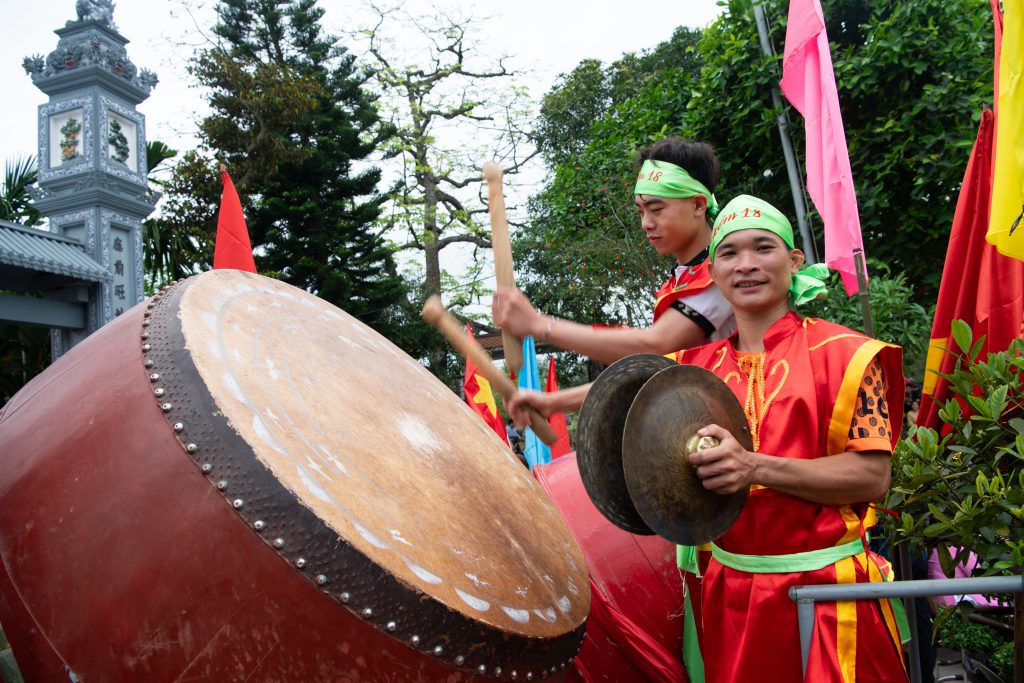
The tug of war also reflects folk beliefs about love for homeland and country, as seen in “kéo cõi” in Phu Hao village (Dien Xa commune, Nam Truc district – Nam Dinh). Villagers explain that “cõi” represents a boundary marker; thus, “kéo cõi” depicts upholding territorial integrity. “Kéo cõi” in Phu Hao shares similarities with tug of war games at Tran Vu Temple and kéo song in Huong Canh town since these contests employ rattan ropes threaded through wooden posts. However, a notable difference is that competitors lean to one side with their legs clamped around the rattan rope as they pull.
A lively tug-of-war event is incomplete without enthusiastic supporters cheering on both teams. The air resonates with cheers and encouragement, often enhanced by the sounds of drums and gongs to boost the athletes’ morale. The combination of the contestants’ competitive spirit and onlookers’ vibrant support creates an atmosphere that makes tug-of-war games a highlight at Vietnam’s spring festivals.







